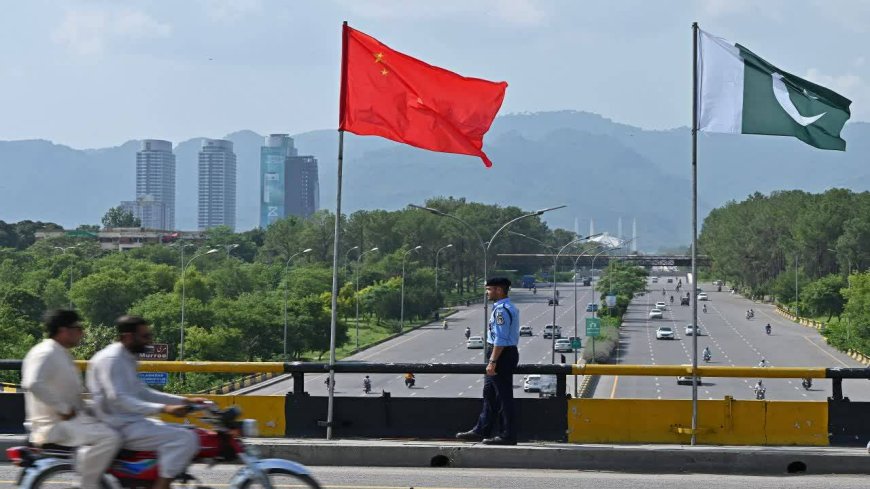The Iron Friendship: Examining the China-Pakistan Relationship
The Iron Friendship: Examining the China-Pakistan Relationship

The China-Pakistan relationship, often referred to as the "iron friendship," has deep historical roots. This article aims to explore the origins and current state of this relationship, examining various aspects such as military cooperation, economic dimensions, nuclear collaboration, military-security ties, and the significance of the China-Pakistan Economic Corridor (CPEC) within China's Belt and Road Initiative (BRI).
1. Genesis of the China-Pakistan Relationship:
The bond between China and Pakistan was forged in the 1960s, primarily due to their shared animosity towards India. Notable events, such as the Sino-Indian War of 1962 and the Indo-Pakistani War of 1965, solidified their common interests and laid the foundation for their strategic partnership. Pakistan played a pivotal role in facilitating the resumption of diplomatic relations between China and the United States, arranging the historic visits of US National Security Advisor Henry Kissinger and President Richard Nixon to China in 1971 and 1972, respectively.
2. Military Cooperation:
China has been a major supplier of military equipment to Pakistan, providing tanks, warships, aircraft, small arms, and missiles. This military cooperation between the two countries dates back to the 1970s and has continued to strengthen over the years. China has also played a crucial role in assisting Pakistan's nuclear program, providing sensitive information and collaborating in the construction of nuclear reactors. This cooperation has contributed to Pakistan's pursuit of nuclear weapons.
3. Economic Dimension: China-Pakistan Economic Corridor (CPEC):
CPEC, established in 2015, has added an economic dimension to the China-Pakistan relationship. As part of China's Belt and Road Initiative, CPEC aims to transform Pakistan's economy by modernizing transportation systems, developing infrastructure, and promoting trade and investment between the two countries. It has generated significant investments, job opportunities, and energy projects in Pakistan. The total Chinese investment in CPEC is projected to reach $62 billion by 2030.
4. Military-Security Cooperation:
China and Pakistan have engaged in extensive military-security cooperation, including joint military exercises, intelligence sharing, and training programs. This collaboration has strengthened Pakistan's defense capabilities and fostered a close relationship between their armed forces. Notably, joint projects such as the production of JF-17 Thunder fighters have contributed to the growth of Pakistan's defense industry.
5. Belt and Road Initiative (BRI):
CPEC is a flagship project of China's Belt and Road Initiative, aimed at enhancing connectivity and promoting economic cooperation across regions. The corridor connects China's Xinjiang province to Pakistan's Gwadar Port, allowing for the efficient transportation of goods and energy resources. CPEC has the potential to reduce transportation costs and time, bypassing the Straits of Malacca and the South China Sea. It has attracted interest from other countries and has been compared to the Marshall Plan for Europe's post-World War II reconstruction.
Conclusion:
The China-Pakistan relationship is multifaceted and grounded in shared strategic interests. China's unwavering support in security, diplomacy, and economic development has solidified its position as a reliable friend to Pakistan. The iron friendship between the two countries serves to counterbalance the strategic alliance between the United States and India, while also safeguarding China's regional interests. As the China-Pakistan Economic Corridor continues to evolve, it is expected to bring further economic growth and regional integration, cementing the strength of their enduring relationship.













































